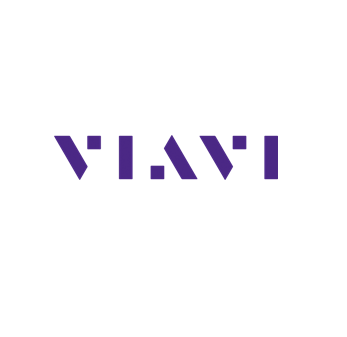Viavi Solutions today announced that Three Ireland has successfully deployed the VIAVI NITRO Mobile solution to enable visibility into network and service performance. In particular, the Subscriber Summary feature gives real-time insight into the customer experience.
As a leading mobile operator in Ireland, Three has 35% market share, currently carrying 68% of the country’s mobile data, and has over two million customers. Three also has launched 5G countrywide in Ireland. In addition to improving network performance, Three is focused on delivering high levels of customer service, including:
Enhanced 3G, 4G and 5G customer experience management
Efficient and optimal use of network resources
Network performance: gains in performance, fewer dropped calls and better throughput.
VIAVI developed the NITRO Mobile solution to simplify the complexities providers like Three Ireland face as they bring 5G into hybrid network operating models. NITRO Mobile connects software-based assurance, agents and applications. The result is easily accessible intelligence about subscriber experience and behavior and detailed insights on network performance.
“VIAVI NITRO Mobile enables us to harness key insights for enhanced performance, facilitating the best possible customer experience,” said Eoin Keane, Director of Network and Service Management, Three Ireland. “With the ability to identify and resolve service affecting issues quickly and seamlessly while making gains in 3G, 4G and 5G performance, Three Ireland continues to improve the overall mobile experience for our customers.”
“Three Ireland is at the forefront of technology innovations that enable peak performance and service quality across their entire mobile network,” said Philippe Valois, Vice President, Global Assurance Sales, VIAVI. “As leading service providers including Three deploy 5G alongside legacy 2G, 3G and 4G technologies, they require automated and scalable solutions like NITRO Mobile to manage increasingly complex network architectures.”
1 min read
VIAVI Equips Three Ireland with NITRO Mobile solution




